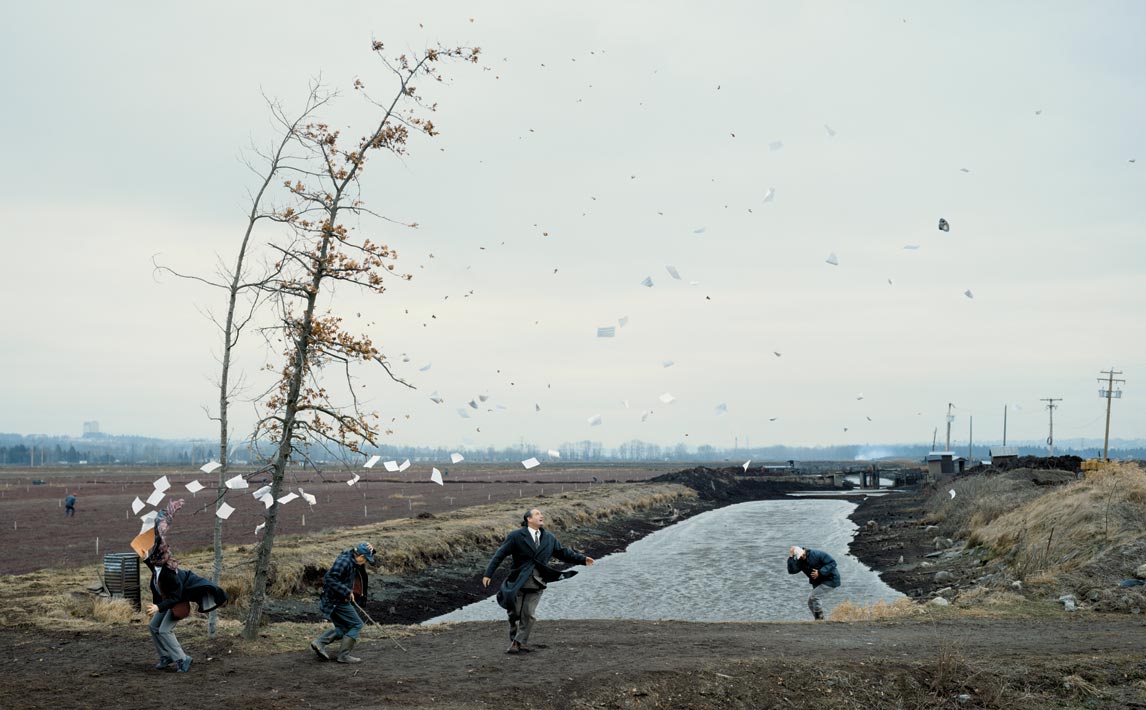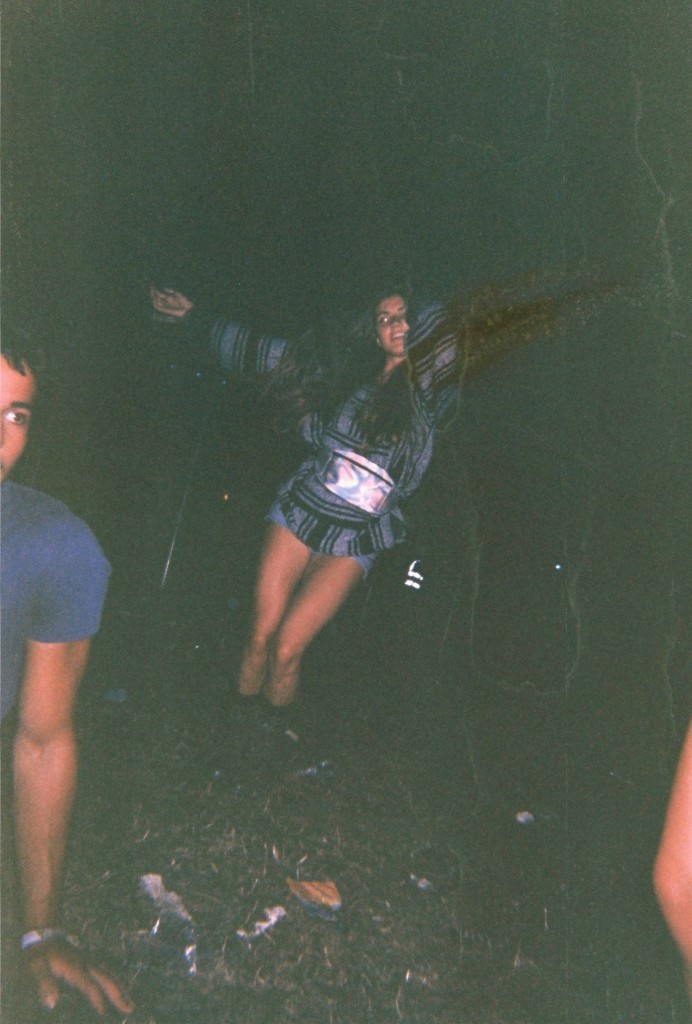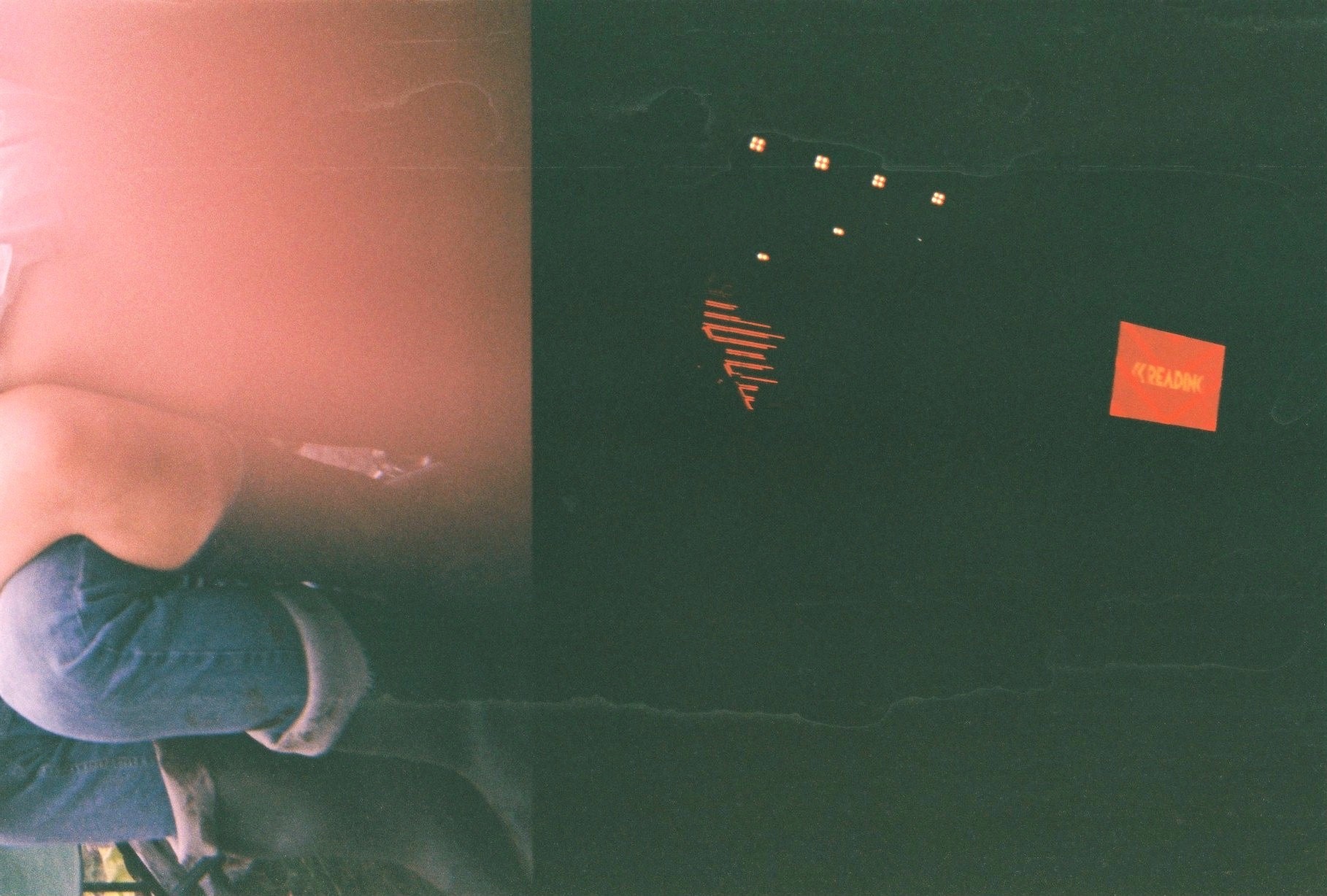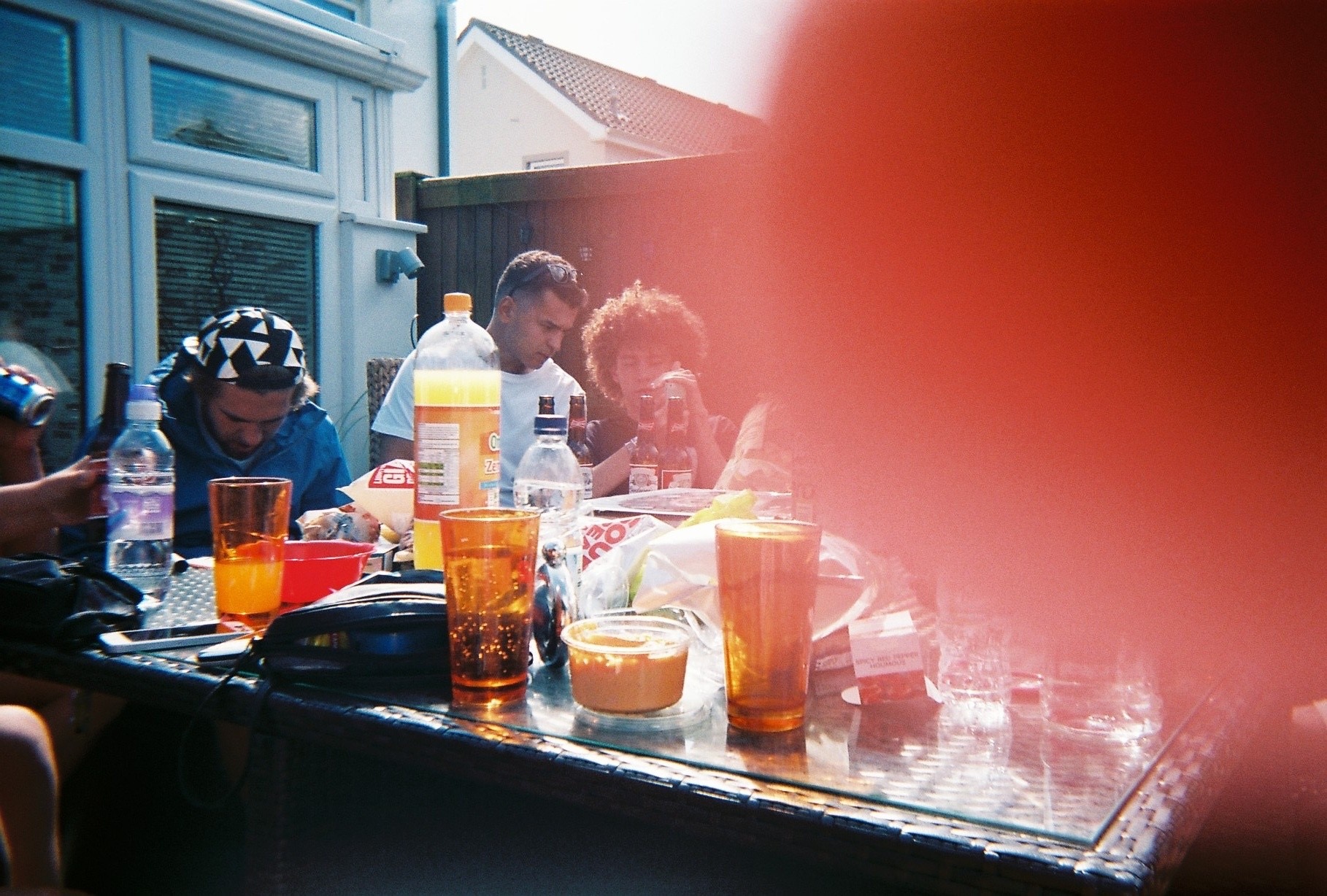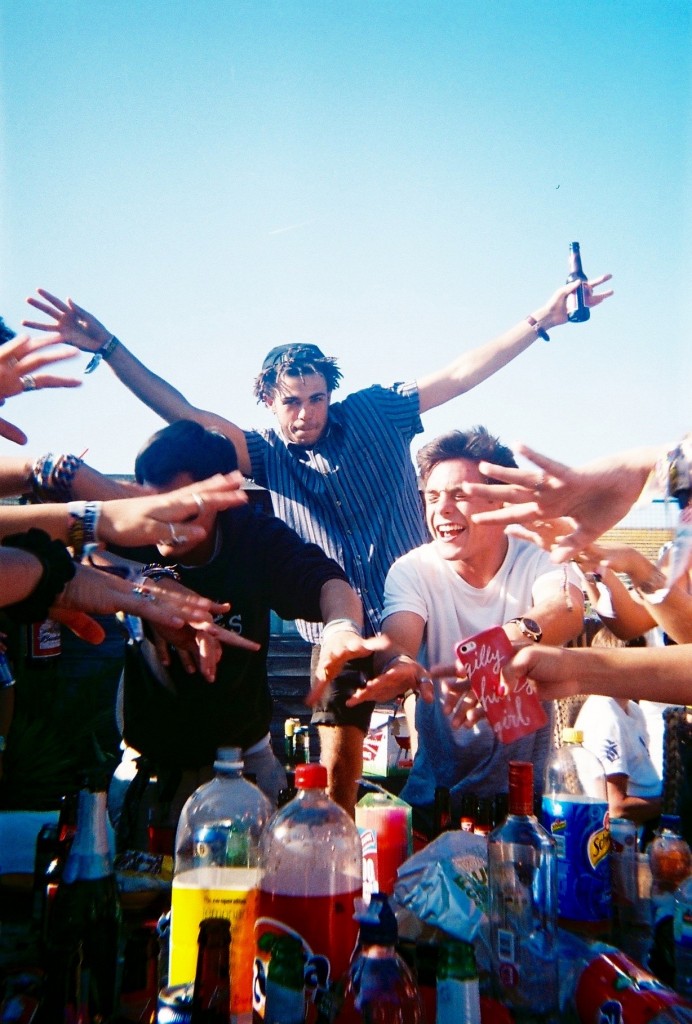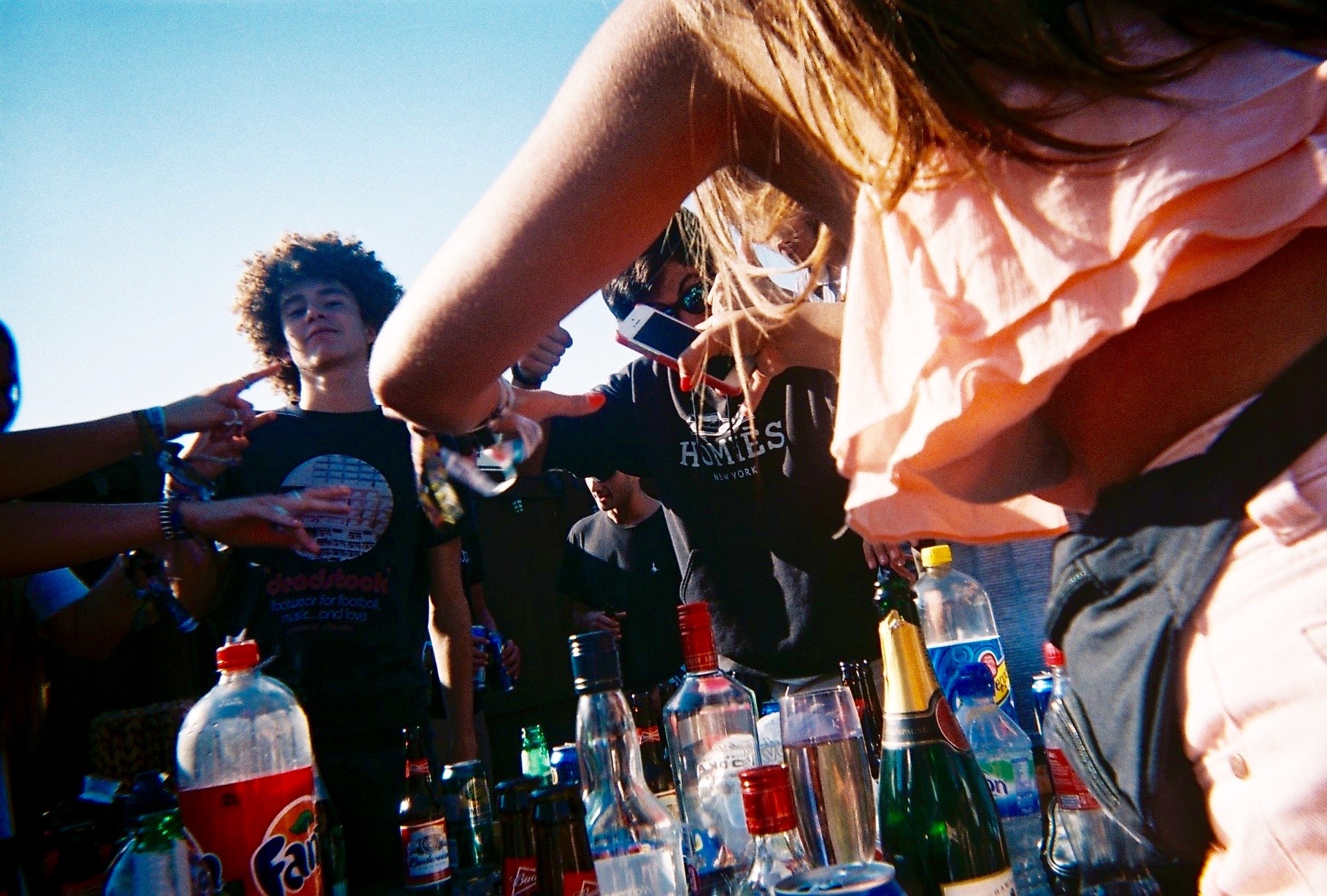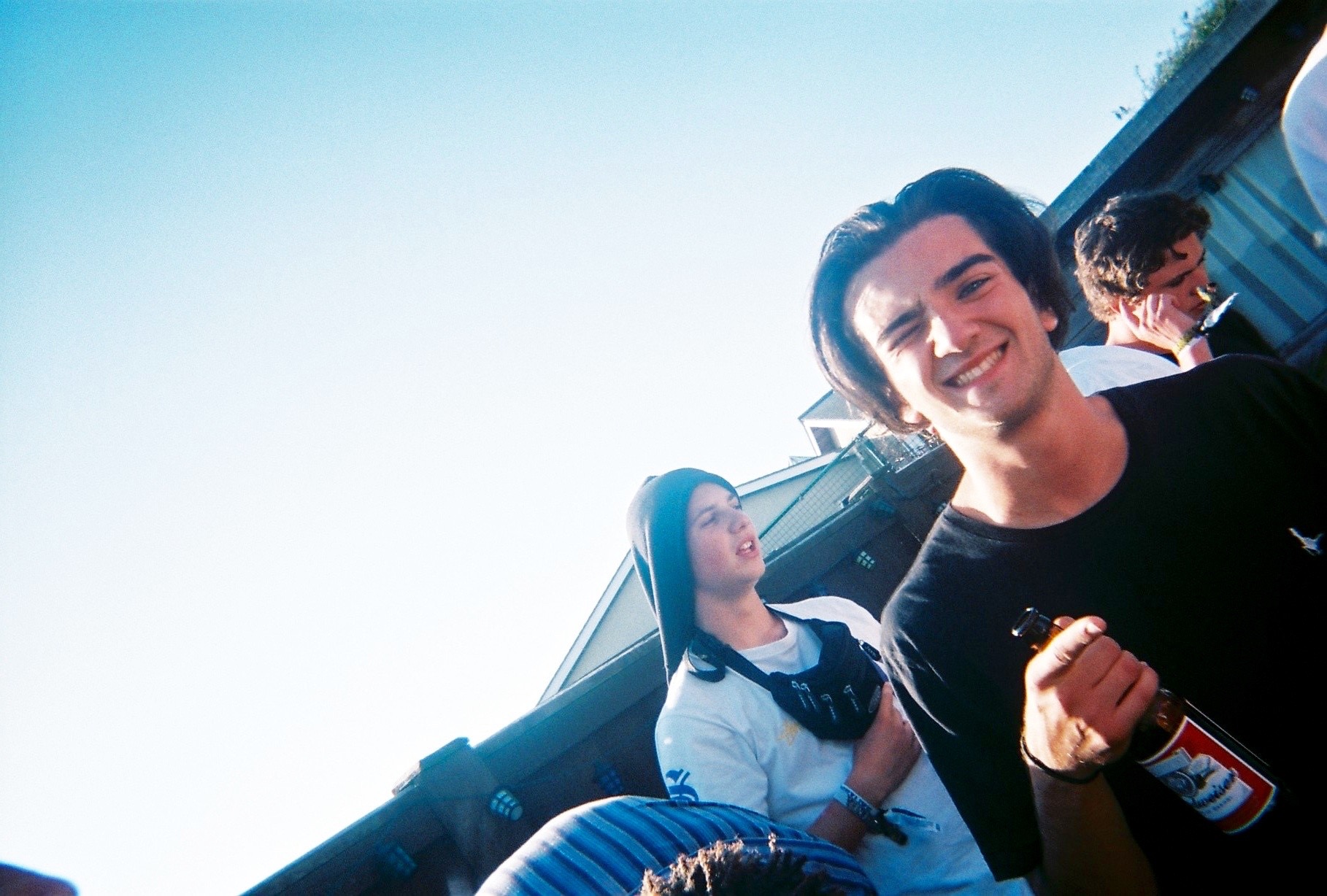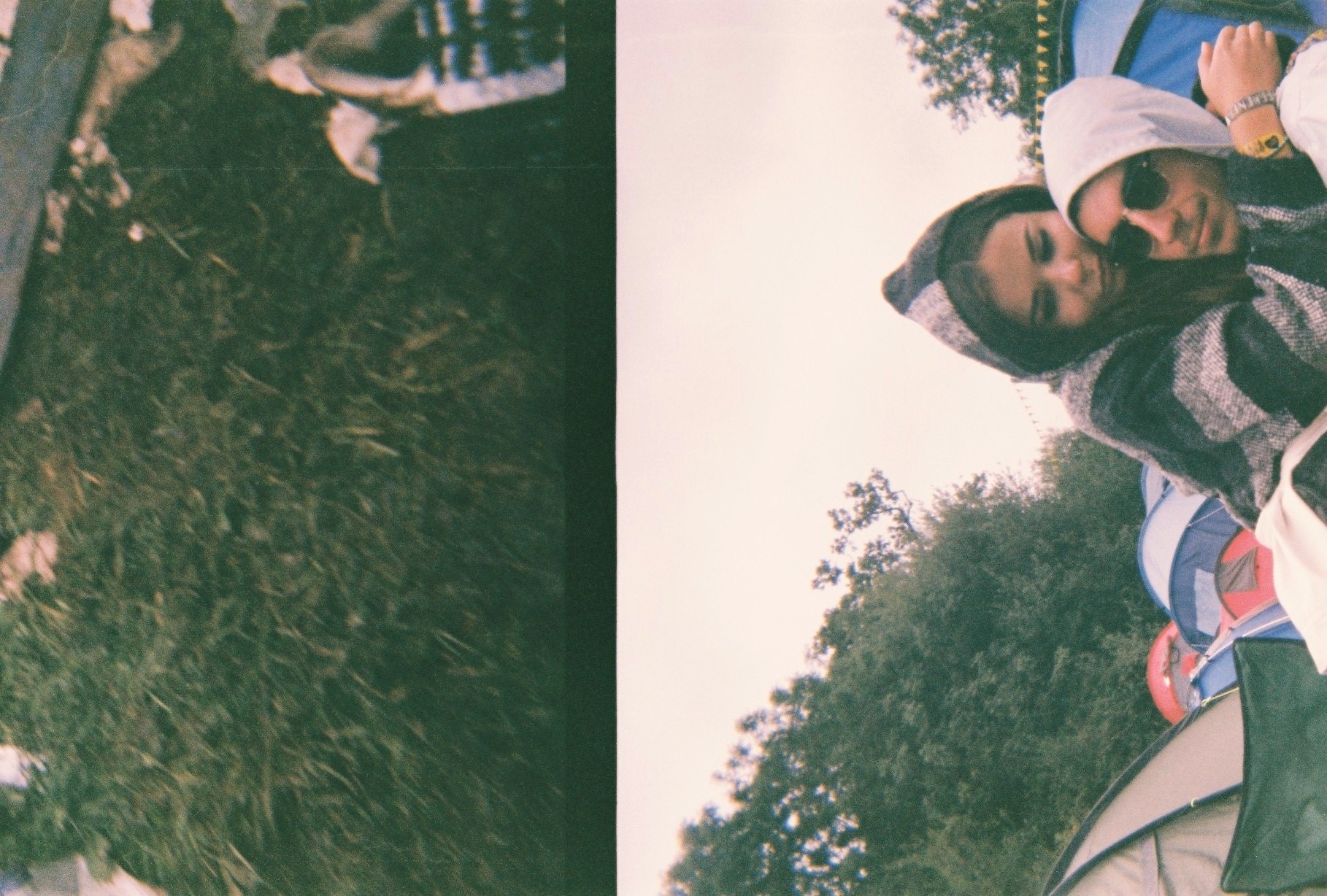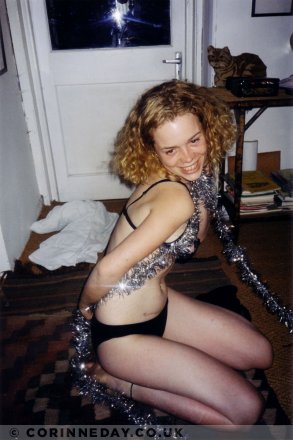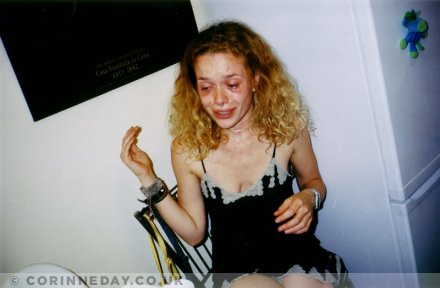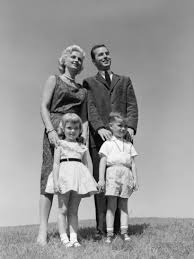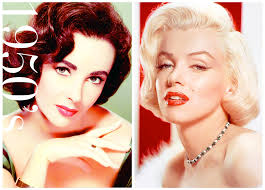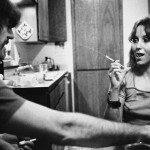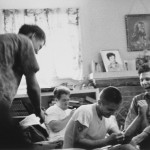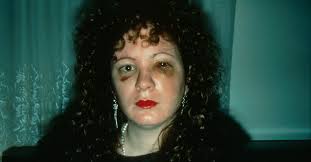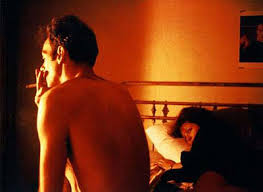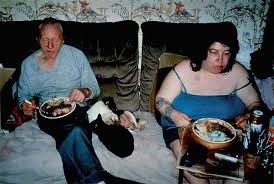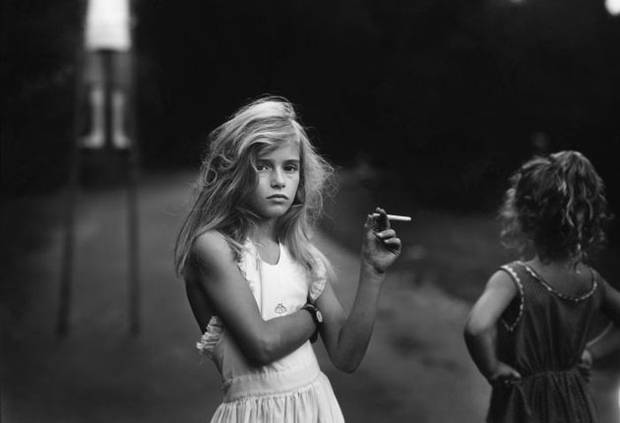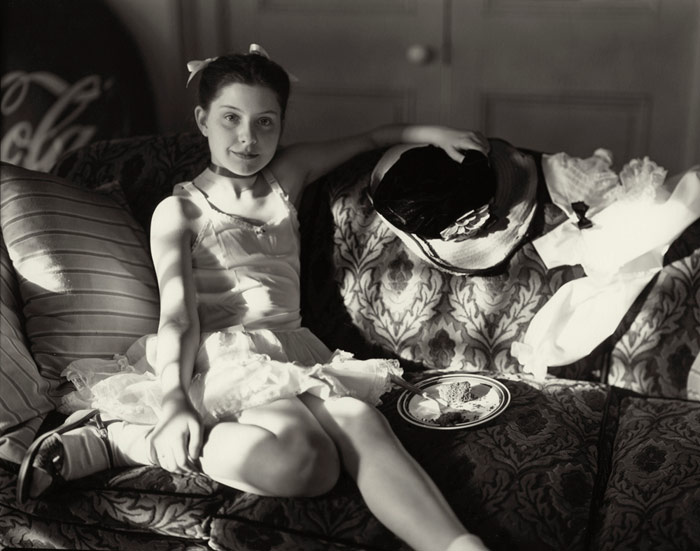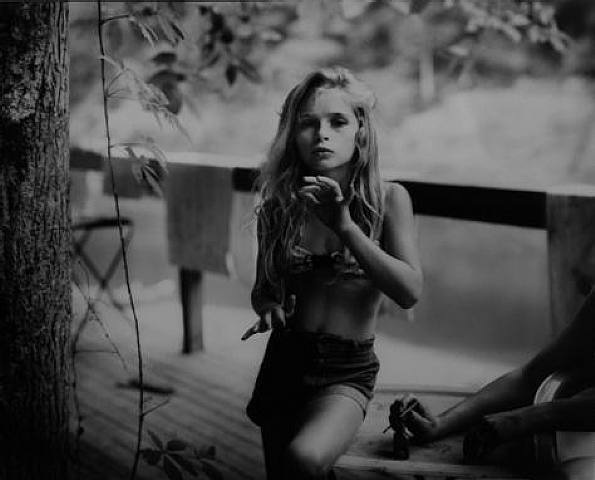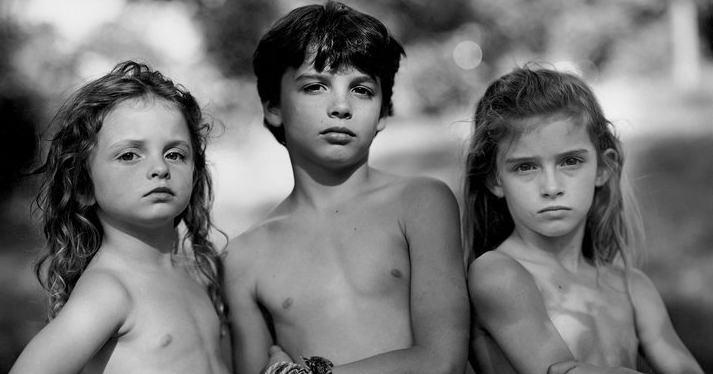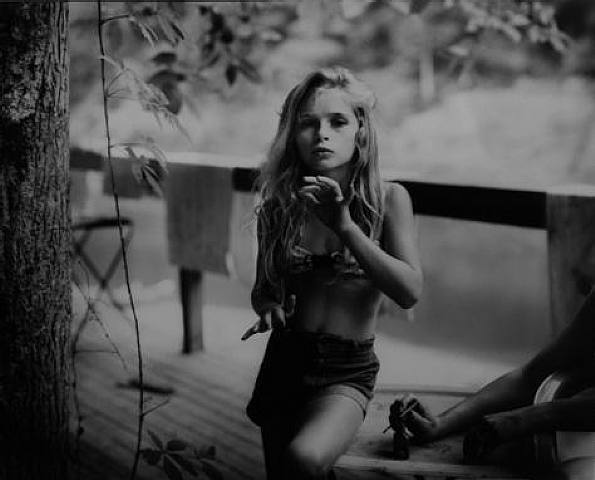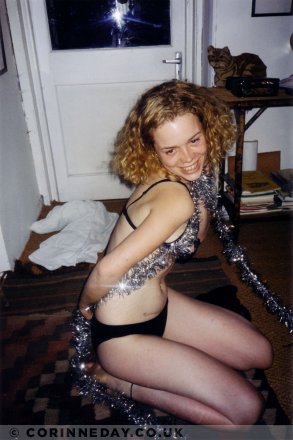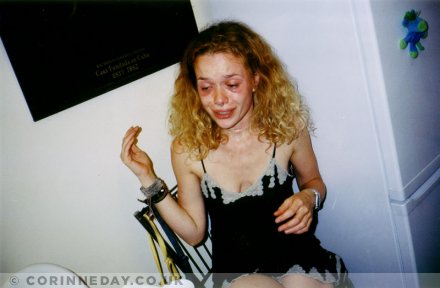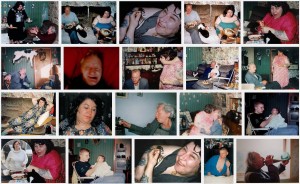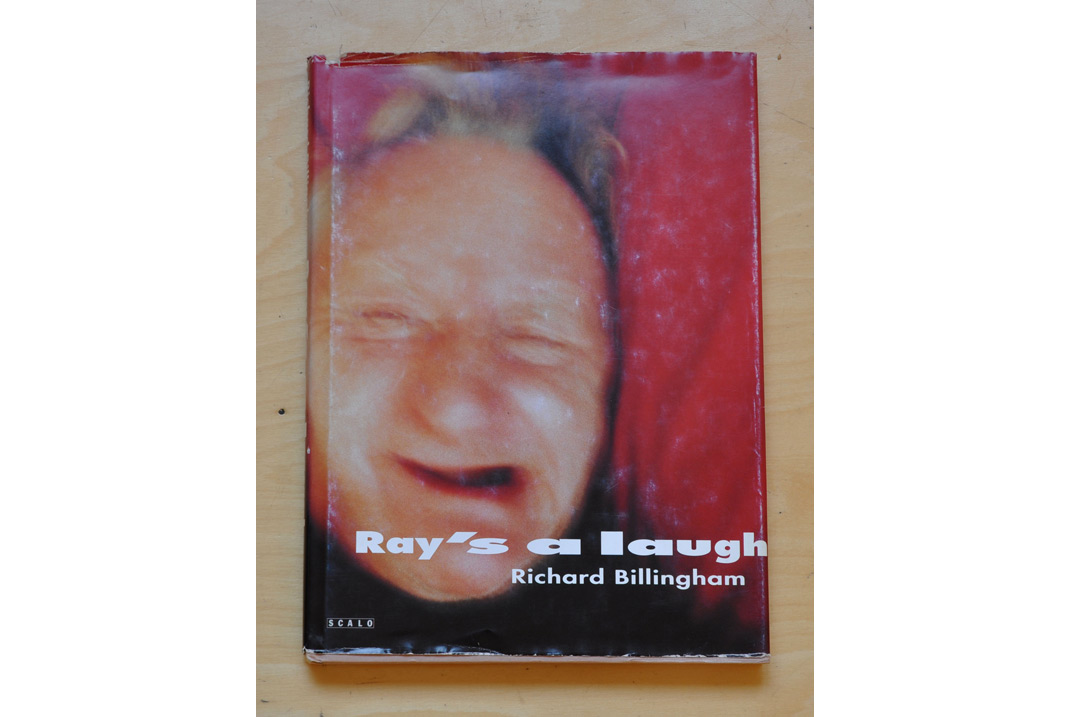I’m going to be analyzing a documentary picture with my own personal opinion. I’ll explain my own thoughts on the subject as well as commenting on the ethical concerns that apply the photograph. Ethics is defined as: moral principles that govern a person’s or group’s behavior. It’s about recording truth, in the realest way possible. However it’s also about who’s truth, what we believe in and what’s acceptable, which is where the ethics come in.
In class, we watched a YouTube clip that was dedicated to this incident. The film was entitled The Falling Man.
Here’s the link to it: https://youtu.be/m3gbxJ4xUDE
‘The falling man’, that was taken on September the 11th. Here’s the picture by the iconic photographer Richard Drew:

Richard Drew is the man behind this shocking picture. It was taken on September the 11th, when the World Trade Center was a target of the various life-threatening terrorist attacks. That day was full of chaos and with that came a lot of reporters, snapping away pictures of the scene. Surprisingly, Drew’s ‘falling man’ was the most memorable of the lot.

The man in the picture, was seen falling from the North tower. His body was in an upside-down position. There is a question that remains however. Is it that the man fell as a form of escape from the fire, or did he fall accidentally while looking for safety. That will probably remain a mystery. However, when the picture was released into the media, by the photojournalist Richard, it ignited masses of attention. When it was uploaded onto the internet, the companies were bashed with negatives comments saying it was ‘tasteless and voyeuristic’. Therefore, they removed all their online records of it, making it know as, by Drew, ‘the most famous picture that no one has seen’. The unidentified man appeared to be falling in an uncontrollable manner. The ferocious amounts of wind filled his white top with ripples.

For me, it was good that Drew released this picture to the press. Although a lot of controversial situations occurred, it became one of the most powerful photojournalism pictures of 9/11. I watched the film linked above, called ‘The falling man’. I will be writing a short paragraph of my thoughts on it:
Most picture that were taken that day showed the amazing and heroic scenes, in which people were being rescued. All of the attention was being placed on the soldiers, firefighters and people that helped with the event and aftermath. Even though that was truly amazing, no one wanted to show the victim’s struggle’s. Here are some of the generically typical photojournalism photographs of the heroism that day:
To summarize, the world preferred to remember the rescuers rather than the explicitly graphic scenes of the victims that suffered during the explosions of the terrorist attacks.
What I find so breathtakingly amazing about Drew’s ‘Falling man’ picture is that he simply shows a man falling to his death. It truly expressed the depressions he might have been in and highlighted the disasters of that day. The fact that another humans valuable life was lost. Drew captured the horrible torture of the people that fell or jumped had to endure. It depicted the harsh reality of what it might have been like for the victims. He took various pictures of many people in the air, here are some:

Most reporters that were on the scene that day didn’t film the people falling in mid-air. Instead, they were asking spectators and eye-witnesses what their thoughts on the scene were. Personally I believe that they shouldn’t have done so, as it doesn’t show the truth of what’s happening, it’s simply an opinion. For example, this picture, where they only interview onlookers:

It’s much more powerful in my opinion, to show the victims and then let the world evaluate the case in order to make positive changes.
It’s sad to think that their only hope may have been to suicide and end their life’s then and there. It was the only thing that they had control on. They could either choose to stay and burn in flames, or jump and end it quickly. Is it that they’d wait for themselves to die, or would they end it themselves. Many were forced to jump, or accidentally fell and had no choice. The desperation was incredibly high, showing the moments of fear and bravery. It’s like when everything around them was out of control, they could at least control one thing.
The only picture that left the most memorable response that day was Drew’s. Compared to other pictures of 9/11, his photojournalism picture emitted the biggest impact on a worldwide scale. This image of ‘The falling man’ received the deepest and most heartfelt responses that were combined with anger and frustration. The picture highlights the insane choices that the victims were urged to commit. It made spectators put themselves in the victims positions. They began to question what they’d do and their personal choices if they were in that situation. Drew’s image showed the negative side of the event and prompted people to want to change the world for the better.

Even though everyone was in denial that there were jumpers, Drew proved this. All of the broadcasts missed out the fact that people actually chose to leap, instead they said they were ‘forced out’. No one could seem to deal with the truth or confront it fully. Some spectators found that the specific way he died was not right. They felt uncomfortable seeing this. But as the man in the clip stated, the jumpers shouldn’t be excluded from the pictures, just because they died in a certain way. The falling man was symbol that demonstrated pure bravery on behalf of himself and the other jumpers. However, again he brought light to this subject and it was a real eye-opener.
Later they tried identifying the man, his white shirt resembled one of a waiter from the tower’s restaurant. They linked him to a man called Jonathon Briley. Briley’s family didn’t want to accept the fact that the falling man was him. They viewed the way he fell in a bad manner, they were quite negative about it. They stated it wasn’t the right way to die.

However, to this day ‘The Falling Man’ has never been properly identified. There is no proof that it was in fact Jonathon Briley. The ‘falling’ man will therefore always be a mystery, but it’s certainly a moment to remember.
























